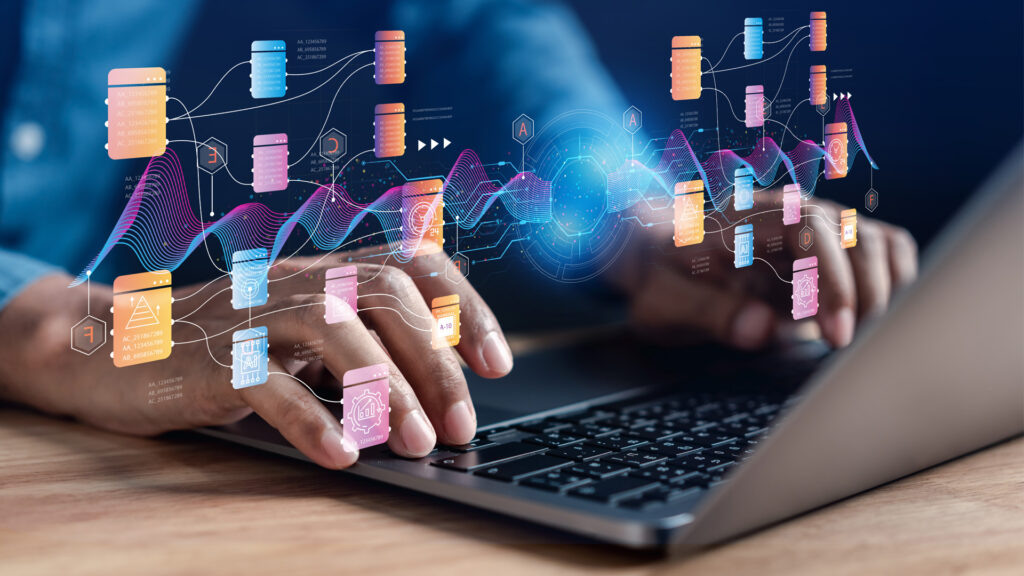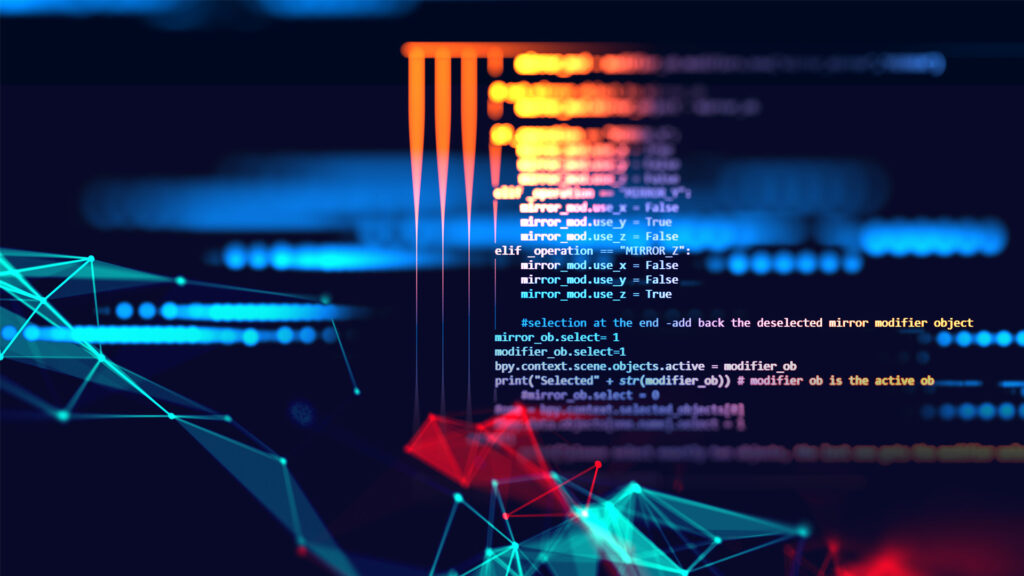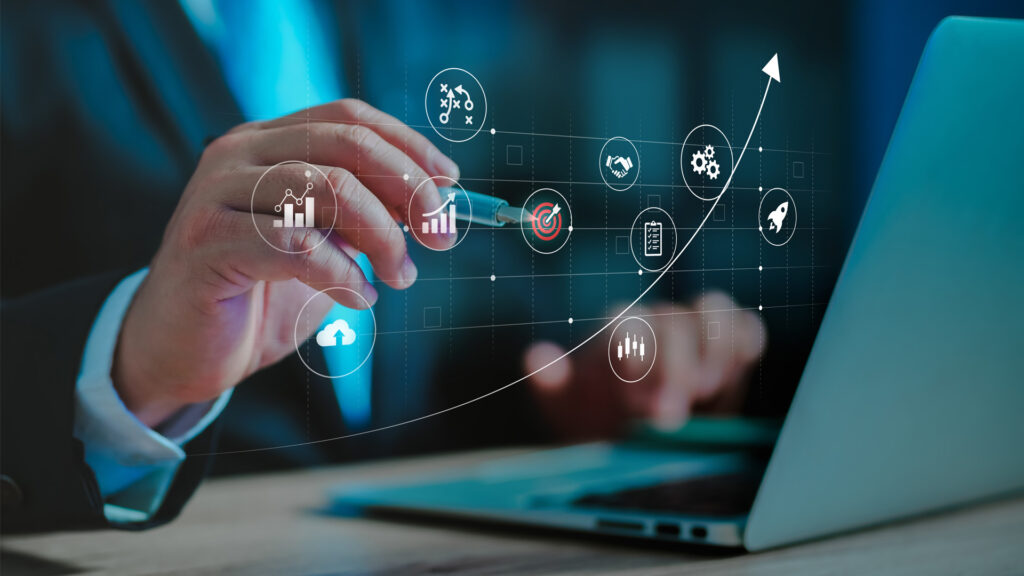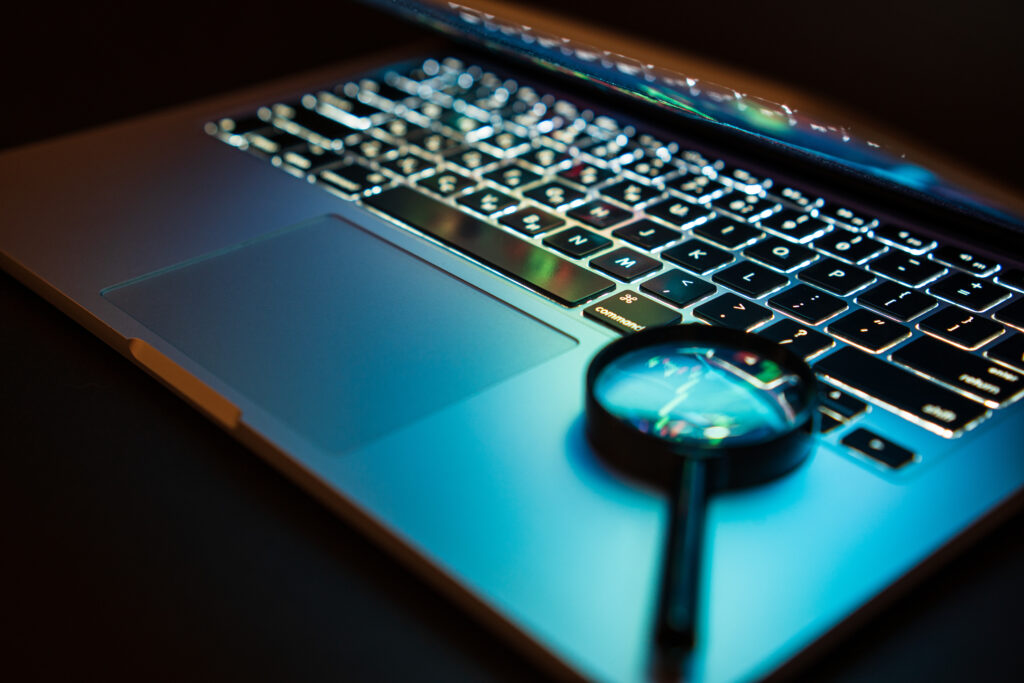As we’ve identified in previous articles, the Strangler Pattern approach provides a valuable strategy for breaking down legacy applications into smaller, more manageable components while keeping your existing system intact and operating. In this article, we turn to the implementation process in the context of an IBM i application, where we break the application down
The world of work is constantly evolving, and intelligent automation is one of the most significant factors driving these changes. From artificial intelligence (AI) to robotics, automation technologies are transforming industries and reshaping jobs as we know them. In this article, we explore the future of work in the context of intelligent automation, examining its
Are you a seasoned programmer with experience in legacy languages like COBOL or RPG? Are you looking to expand your programming horizons or jump on a modernization project that involves converting COBOL to Java? Look no further! In this comprehensive but high-level article, we will introduce you to the world of Java programming. We will
In this digital age, businesses across various industries are constantly searching for innovative solutions to streamline their operations and boost productivity. Robotic Process Automation (RPA) has emerged as a game-changer, offering significant potential for cost savings, increased efficiency, and improved accuracy. In our recent article Making the Pitch: Selling Robotic Process Automation To Key Players
The business landscape is littered with the carcasses of companies that refused or failed to adapt to change. The last Blockbuster Video standing in Bend, Oregon is a stark monument to how quickly that fate can lock in and ruin a company and pave the way for more agile and forward-looking companies. The kicker: Netflix,
Artificial Intelligence (AI) and Abstract Syntax Trees (ASTs) are used in different contexts and serve different purposes, so it’s only somewhat apt to compare them directly. However, in the context of automating tasks such as code translation or analysis, some points of comparison could be helpful. In this article, we first explore each approach’s pros
We are in a gilded age of tech buzzwords. From afar, these buzzwords can appear artificial and abstract, like a B-grade sci-fi screenplay. Up close, and on the plus side, those abstractions are turning into real, on-the-ground game-changers for many businesses. It’s a good time to pay attention. Intelligent Automation, a relatively newer ‘buzzword’, is
The migration from COBOL to Java is a significant undertaking for any organization. If you’re like us, your natural impulse will be to wrap your head around the technical aspects of such a conversion, particularly if legacy code is your main thing. But the transition from COBOL to Java involves more than just rewriting code.
Moving to cloud-based technologies can be a risky investment, but the benefits are fast becoming hard to ignore. Implemented carefully, your organization can lower costs permanently, scale as needed, and react to market conditions with agility in ways you simply can’t with an on-premise solution. For these reasons and more, moving legacy systems to the
As technology evolves at an unprecedented pace, software applications are becoming increasingly complex. To ensure their reliability, it is crucial to have robust testing processes in place. Traditional manual testing methods, while effective, can be time-consuming and often fall short in terms of test coverage. Thankfully, Artificial Intelligence (AI) has arrived to lend us a











